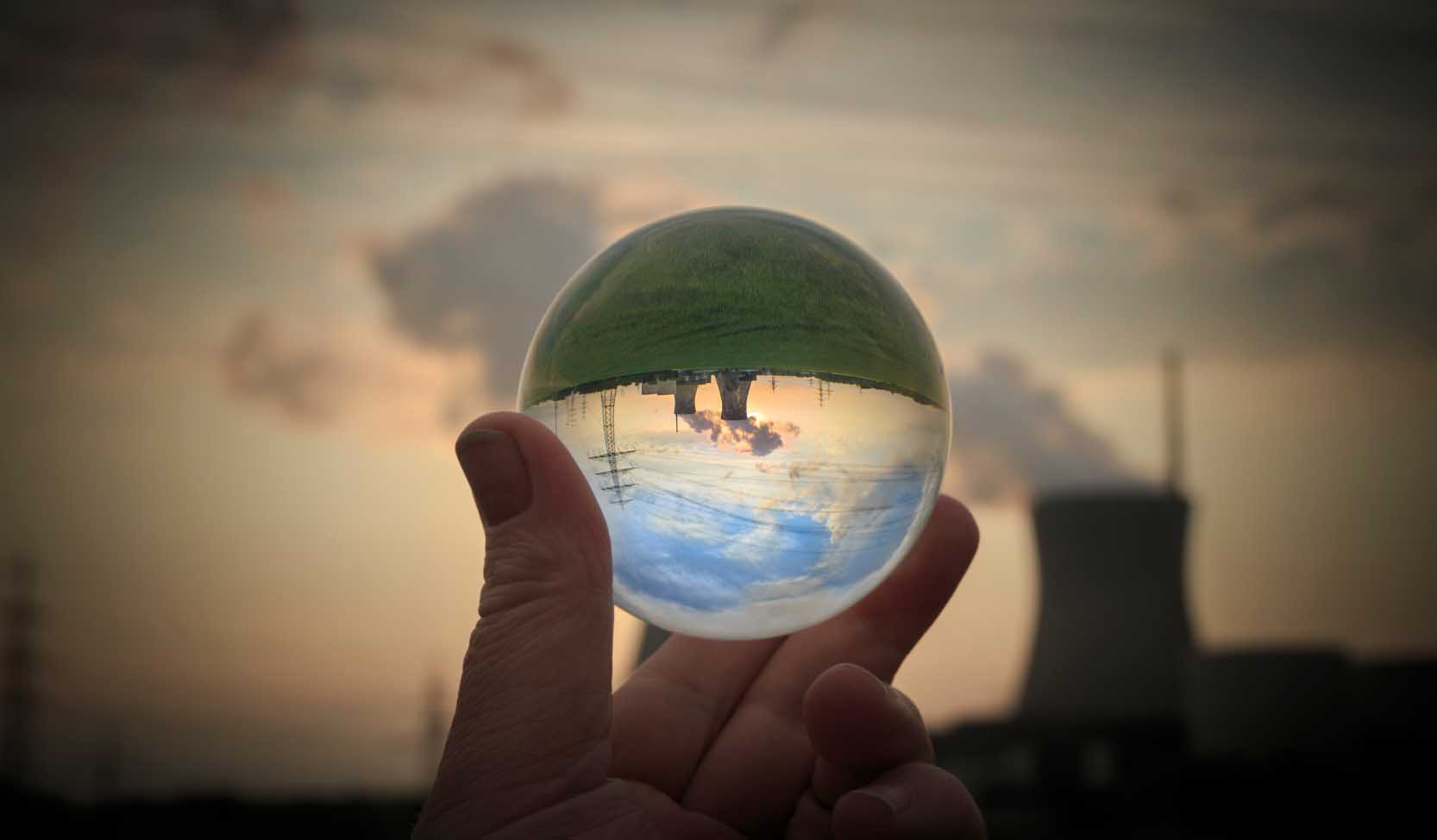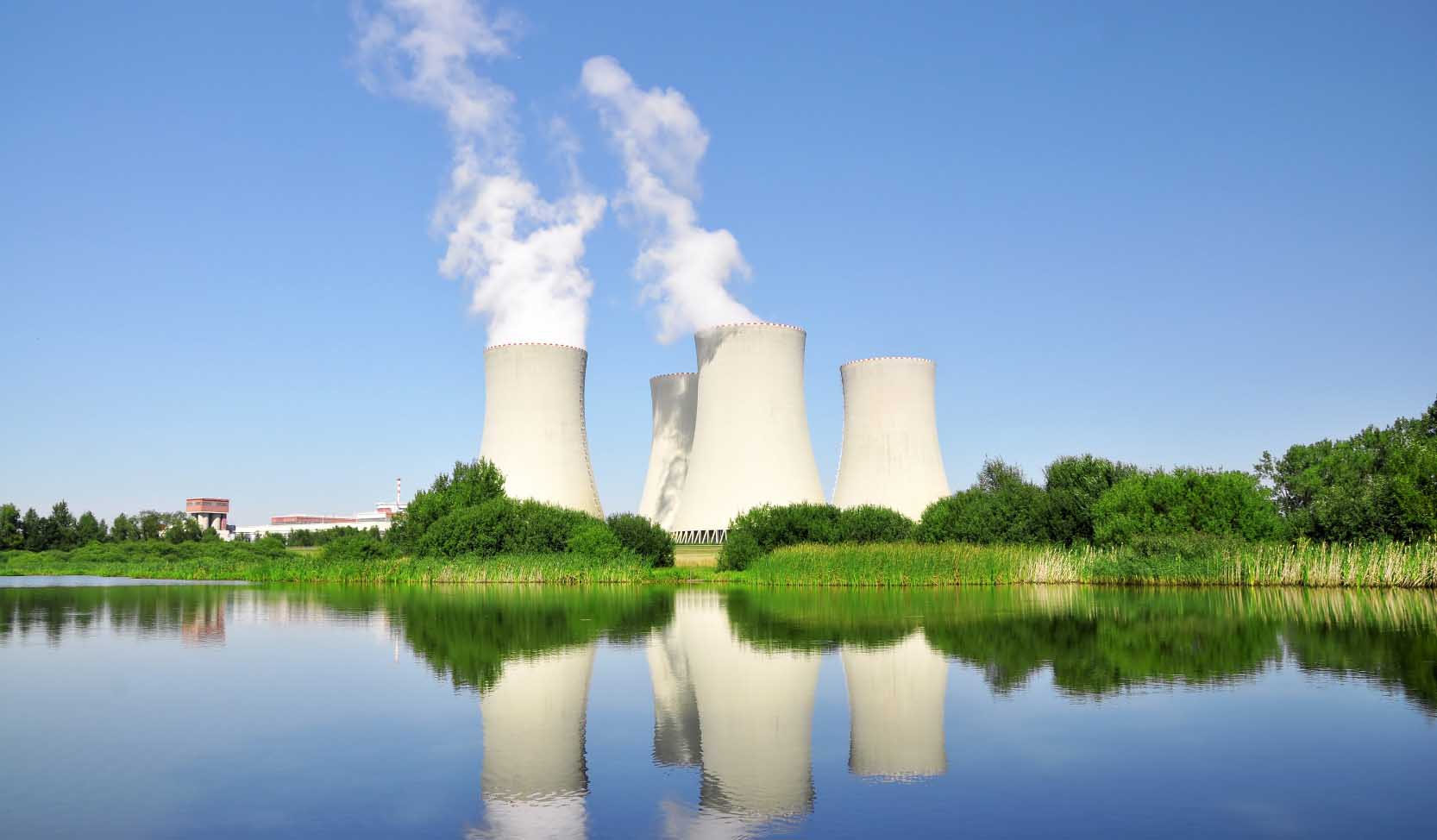
Nuclear Power Phase-Out in Germany: A Shift Towards Renewable Energy Sources
“The release of atomic power has changed everything except our way of thinking ... the solution to this problem lies in the heart of mankind. If only I had known, I should have become a watchmaker." Albert Einstein

In 2011, a devastating earthquake in Japan triggered the Fukushima nuclear disaster, one of the prominent reasons for Germany's complete nuclear power phase-out in 2023. On April 15th, Germany shut down its last three nuclear power plants and began transitioning to renewable energy. Join us in this blog as we delve into the controversies around this powerful energy, its advantages, and disadvantages, and explore how Europe responds to the nuclear dilemma.

Why Germany Decided to Phase Out Nuclear Power
The 2011 devastating earthquake in Japan and several other factors prompted the German government to try to phase out nuclear power by the end of 2022. The earthquake triggered a nuclear meltdown, causing a terrible calamity that displaced more than 160000 Japanese people.
However, amid the war between Russia and Ukraine, Germany decided to continue operating its nuclear power plants for a bit longer due to concerns about potential natural gas shortages during the winter months.
On April 15th, Germany finally shut down its last three nuclear power plants, starting a full transition toward renewable energies.
Controversies Surrounding Nuclear Power Phase-Out
Not everyone is happy about the decision made in Germany. Some experts postulate that now Germany would have to depend on fossil fuels like coal to fill the 6 percent gap of the electricity generated by nuclear power. Meanwhile, the German government has committed to replacing nuclear power with renewable energies such as green hydrogen solar, and wind energy to generate 80 percent of the country's electricity by the end of 2030.1

It is also worth noting that shutting down the power plants is more complex than it sounds. In fact, the process involves dismantling the structures, decontaminating the site, removing contaminated materials, etc. The process often takes several years, if not more than a decade, to complete. In Germany, for instance, experts estimate that this process will not be completed until 2070.2
Nuclear Energy: Simple Explanation
Nuclear energy is the energy stored in the nucleus of an atom that can be used to make electricity. To release this energy, the atom nucleus of a heavy element such as uranium or plutonium must split in a process called nuclear fission.
Nuclear reactors or power plants are complex machines that are designed to control nuclear fission and generate electricity. Uranium is the fuel commonly used in these reactors, and while it is widely available in the mountains worldwide, the enriched uranium required in this process is rare.
The Advantages of the Nuclear Power
Low carbon gas emissions: As an energy source, nuclear power has the distinct advantage of producing zero greenhouse gas emissions during electricity generation. Initially, one might get concerned about the potential environmental impact of other aspects of nuclear energy production, such as uranium mining, refining, transportation, power plant construction, operation, maintenance, and waste disposal. However, further research reveals that the carbon footprint associated with these activities is relatively low compared to other forms of energy generation. Additionally, with net-zero emission goals in hand, nuclear power might play a pivotal role worldwide, especially in Europe, which otherwise must mainly rely on coal energy.

Medical and scientific uses: Radioactive substances are used to diagnose and treat non-communicable diseases such as cancer and dementia. As for treatment, radiation therapy involves using radioactive energy to destroy cancer cells and shrink tumors.
Minimal land use: Other types of renewable energies, such as wind, sunlight, movement of water, etc., often require very large areas of land to produce the same amount of energy or electricity that a small, modern nuclear power plant produces.
The Disadvantages of Nuclear Power
Safety concerns: The catastrophic events of Chornobyl and Fukushima have left people worldwide concerned about the potential dangers of operating nuclear power plants. Nuclear accidents can have severe consequences, including detrimental health effects and environmental damage, which cannot be reversed.
Proliferation risks: The act of splitting an atom and the resulting release of energy and heat can be harnessed to create nuclear weapons. The issue with nuclear proliferation is that it can lead to the potential for countries to use these weapons as a means of intimidation and thereby increase the risk of a third world war. The Cold War period between the Soviet Union and the United States, along with their respective allies, serves as a prime example of the consequences of such actions.
Radioactive waste: Up until now, there have been numerous reports, along with occasional supporting evidence and documentation, suggesting the release of radioactive waste into the environment.

For instance; Greenpeace, a renowned independent global campaigning network concerned with environmental issues, has accused the Fukushima Daiichi plant of releasing tons of radioactive wastewater into the Pacific Ocean. This can also happen as radioactive waste leakage, especially in old plants, when it happened in a nuclear plant in Minnesota in late November 2022 with leaked more than 400000 gallons Radioactive wastewater for the second time after a small leak in 2009.
The European Countries Responses to Nuclear Power Phase-Out
As of April 2023, there are 167 operational nuclear power plants in Europe. France leads with 56 plants, followed by Russia with 37, Ukraine with 15, the UK with 9, and Spain with 7. These countries have the highest number of nuclear power plants in operation on the continent.
On the contrary, some European countries have followed the same path as Germany, with some even beginning way earlier. Italy and Lithuania are good examples where they phased out their nuclear plants following the Chornobyl catastrophe. The Italian government tried to bring back nuclear energy. However, during a referendum in 2011, an overwhelming majority, 94%, said no to nuclear power plants. Nevertheless, there are now rumors that Italians may be reconsidering their stance.

Austria is also an interesting case, as it has never used its only nuclear plant, the Zwentendorf Nuclear Power Plant. Yet, it is important to remember that many of these countries with limited or no nuclear power plants import electricity generated by power plants in other nations, such as France.
It’s worth noting that nuclear energy has its merits as well. For instance, France makes a significant amount of revenue from the electricity it generates using nuclear power. It has also been able to provide for 70 percent its own electricity needs.
Proper Use of Nuclear Energy for A Better Future
Germany’s nuclear power phase-out, its transition towards renewable energy, and the controversies around it raise questions about the viability of nuclear energy to meet our energy needs. Both sides of the controversies surrounding nuclear power, including safety concerns, proliferation risks, and radioactive waste, as well as its advantages, such as low carbon emissions, minimal land use, and medical and scientific applications, are worth consideration. The boundary that distinguishes the destructive use of nuclear energy, which can lead to war or environmental devastation, from its proper use as a valuable alternative to generate electricity "lies in the heart of mankind," as Einstein noted. By prioritizing Earth's well-being and universal peace, humanity can make the best decisions for all. Ultimately, it's up to us to choose between the safe and beneficial or the harmful and destructive way of using nuclear energy.
Read Our Insightful Blog Posts

Top 8 Innovations Shaping Our Green Future
Stay ahead with the latest sustainable innovations transforming our world. Explore cutting-edge technologies and solutions shaping a greener future.

Agroforestry: Revolutionizing Farming, Empowering Farmers, and Protecting the Planet
Discover the benefits of agroforestry, a sustainable solution that supports farmers and environmental protection.

The Joy of Giving: Unveiling the Neuroscientific Reasons Behind Charitable Donations
Uncover the neuroscience behind charitable giving and discover how acts of generosity can significantly uplift your mood, enhance social bonds, and contribute to a more fulfilling life.
Green Your Inbox!
With our Newsletters, Stay updated on our Stories of Change and Growth.
As a gift, get a personalised Nature E-card from PH.

